
Spring is almost here, can you feel it? Can you smell it? Is the soil warming up to more ideal planting temperatures?
Are your garden seeds ready to touch the soil and burst forth with the energy of spring?
If so, you’ll get the chance to read about some things you should be doing in the April garden. Then it is up to you to get out in the garden, get your hands dirty and do something about it.
However, if your weather is a little behind the calendar spring, you may want to take a step back into March or February and catch up on those jobs you can do in chillier weather.
Or go back and finish up the gardening chores you should have already done. In our case, it is still building that garden fence…
Our old garden fence is down and new materials for weaving with hazel are on their way. Yet, this previous snowy and incredibly rainy March has left us with more time for dreaming and planning than planting.
So, we decided we are getting ducks!
Time for more fence material for the yard in addition to the garden fence. It’s also time to make space for those 30-some ducklings in the stable, to protect them from predators during the night. We’ve raised ducks in the past and are quackingly excited for a new flock coming soon.
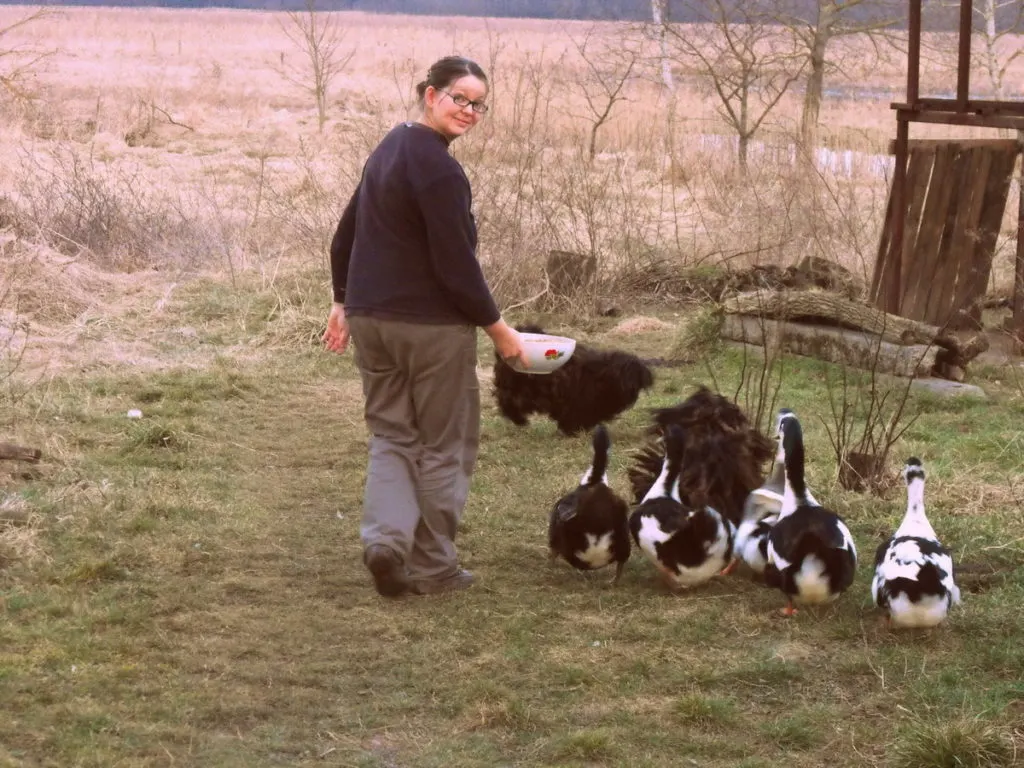
Other than that, we are waiting to plant our garden seeds until both the sun and the soil says it is time.
Onions sets though? Yes, those are going in the ground right about now.
But that doesn’t mean you have to hold off on your garden plans.
By all means, plant your garden when the time and the weather calls for it.
April is expected to be full of great gardening moments… get ready to create and enjoy some of your own.
Important gardening jobs to do in April
1. Go last minute seed shopping
By now, you should have a pretty good idea of what vegetables/fruits you want to plant in your garden. You may have even purchased all of your seeds and are eager to get them in the ground.
Or maybe, you’ve been putting it off, waiting it out until last minute. No harm done, it is never too late to plant your garden in April.
Use these remaining days to plan out your garden, get that design on paper or commit it to memory.
Planting time for most of us is not far off. Be ready with all the seeds you need. You can also use this little bit of downtime to read and learn how to save your seeds too.
2. Plant asparagus
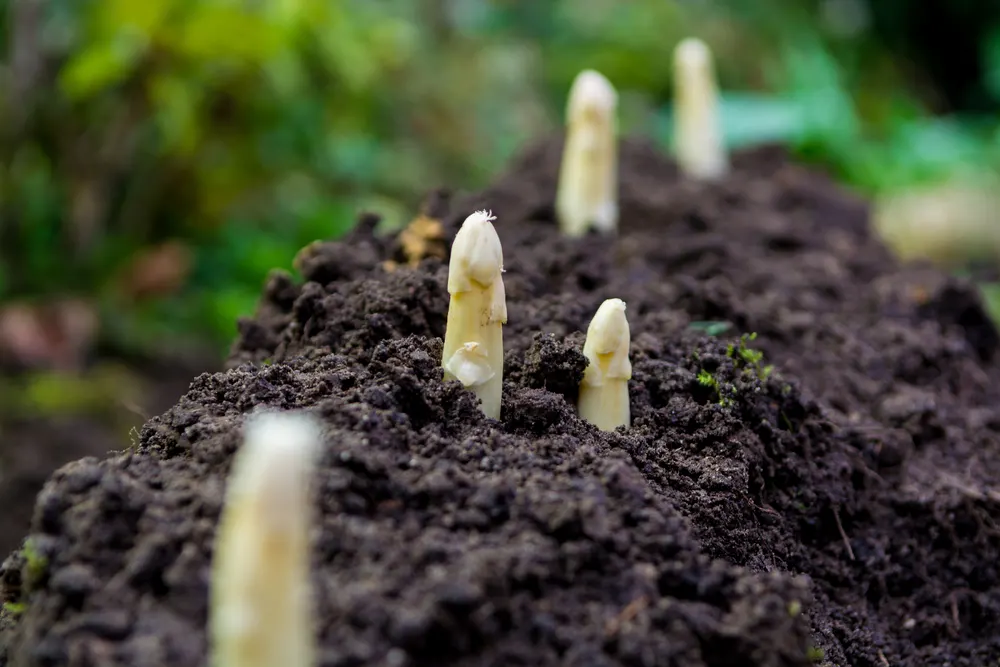
Love or hate asparagus, this perennial is here to stay.
In fact, it can provide you with delicious spears for 20 years or more. Not only that, you can harvest several times throughout the growing season.
In order to reach maximum harvests, choose the location of your asparagus bed accordingly. Make the location more or less permanent, to secure efficient use of space and time in the garden.
And the time to plant asparagus?
March or April is the best time to plant asparagus crowns. If it isn’t too late, better get to it now. Or wait until September if you don’t have time, space, energy or funds for it at the moment.
3. Build raised beds
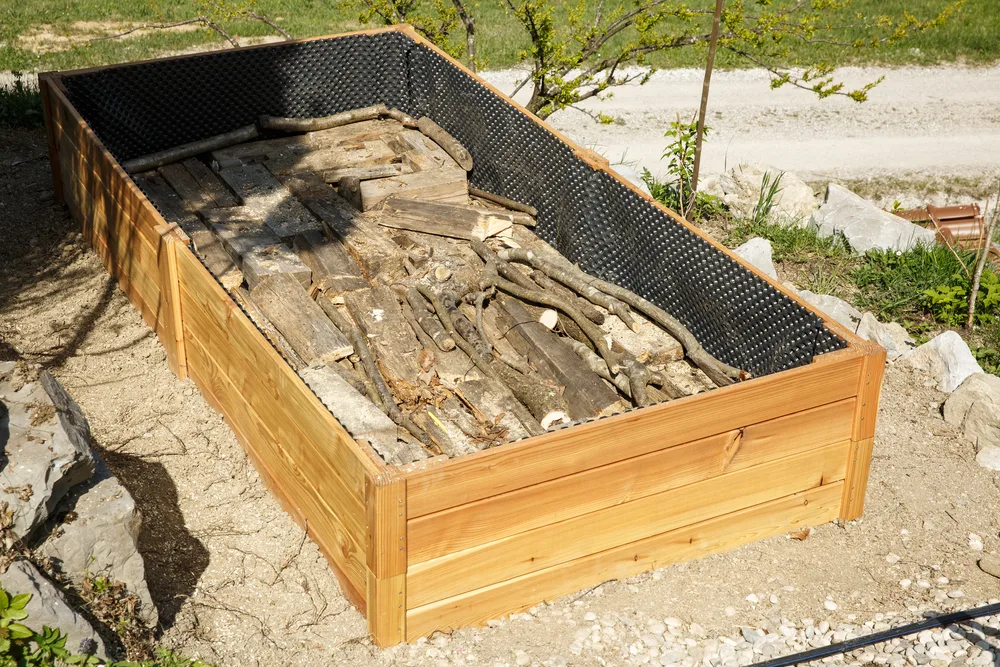
Just like asparagus, raised beds aren’t for everyone or for every garden, yet they will be for someone reading this list.
Growing food in raised beds has several advantages.
Lindsay has already listed 10 reasons to start a raised bed vegetable garden; head over there if you want to know what those reasons are.
Right now, it doesn’t matter what growing zone you are in. If you feel the pull to build a raised bed, then build a raised bed. You can even try one of these easy-to-put-together raised bed kits.
As soon as it is put together and filled in with healthy soil, it will be ready to plant.
More on what you can plant in April will appear down below. If you are too excited to wait, scroll to number 10 on the list.
Related reading: 14 Common Raised Bed Mistakes You Must Avoid
4. Work some compost into the garden
Compost is best added and incorporated into the garden soil early in spring, or as soon as the soil can be worked. For many gardeners, this is in March or April. Adding compost to your garden about 2 weeks before planting is an ideal situation.
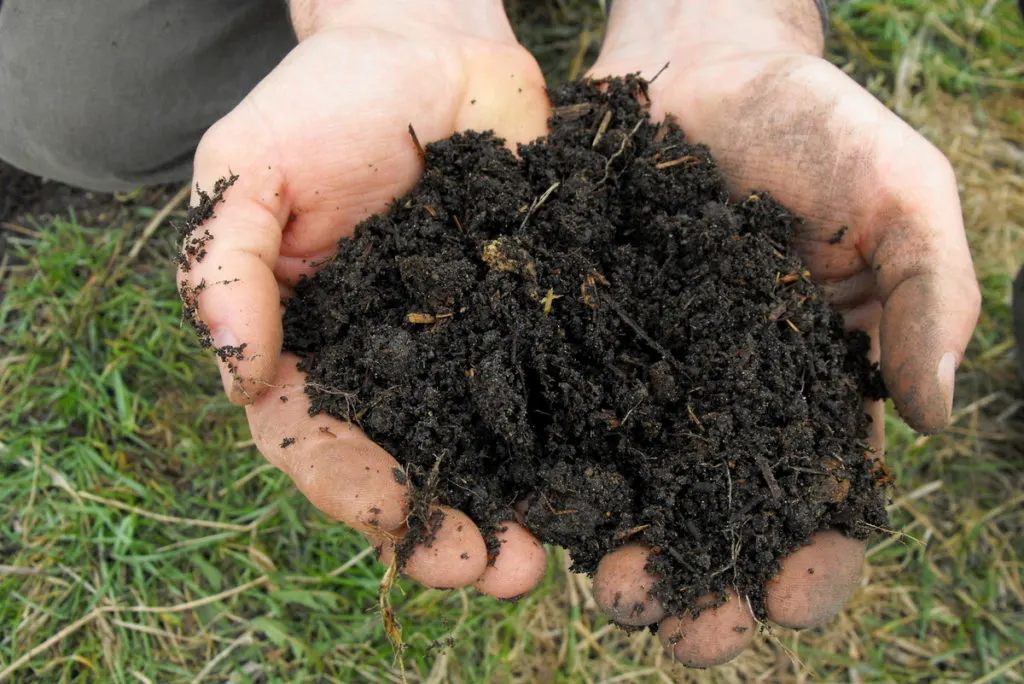
Other gardeners prefer to lay compost down in fall. Then to cover it with a layer of mulch to keep the moisture in. There it sits and soaks into the soil all winter long, making the nutrients available for when planting time comes around.
Either way works. It all depends on what gardening schedule you have and whatever rhythm you find yourself getting into.
If you don’t have a compost bin as of yet, here are 12 DIY compost bin and tumbler ideas that anyone can make.
5. Make your garden as weed-free as it gets
Weeds.
There will always be “weeds” as long as you are exposing the bare soil to the sun, blue sky and clouds that make rain. Nature is always trying to cover the bare ground and those that are the most fertile will pop up first.
Not that all weeds are bad. In fact, many of the most common weeds are edible. Now is the time to start identifying them.
For example, purple dead nettle. It is one of the first wild edibles to forage for in early spring.
Then come cleavers, chickweed, dandelions and plantain.
However, to give your garden veggies the best start, it is best to plant in a relatively weed-free zone. If you mulched your garden to prepare it for winter, the soil should be looking pretty good right about now. All you have to do is pull back the mulch and take a peek.
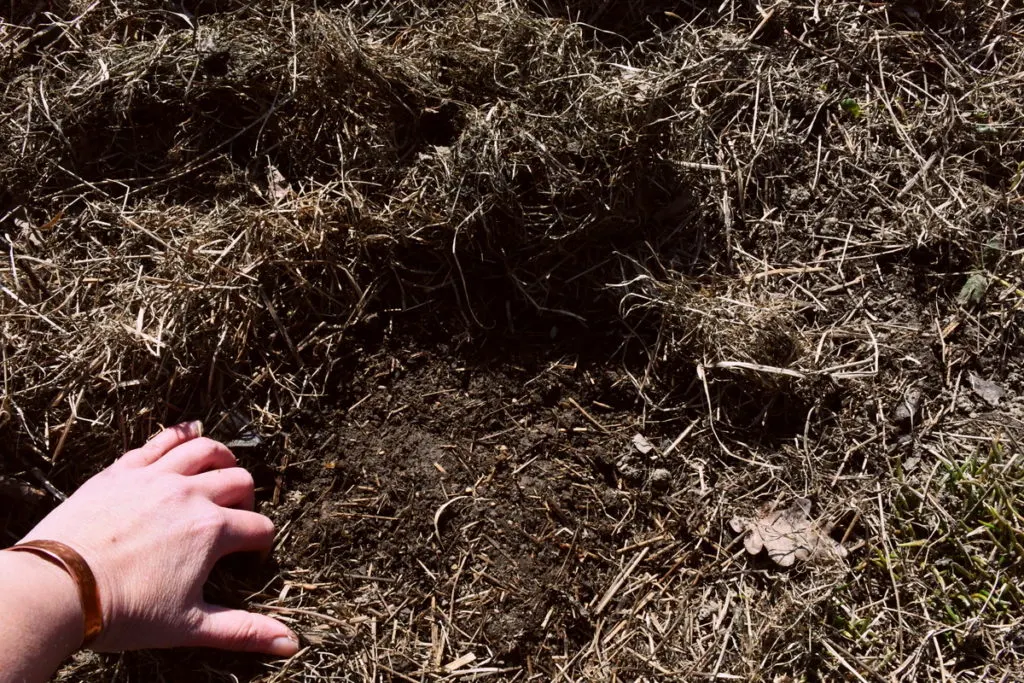
A little behind on your gardening chores?
You can always take a black plastic garbage bag and pin it securely to the soil to let the weeds die back. This method is also useful for warming up the ground in preparation for planting. Just be sure to dispose of the bag properly once it is no longer needed.
You can also use cardboard for a similar back-up plan.
This article explains it all: 9 Practical Cardboard Uses In The Garden
6. Start a container garden
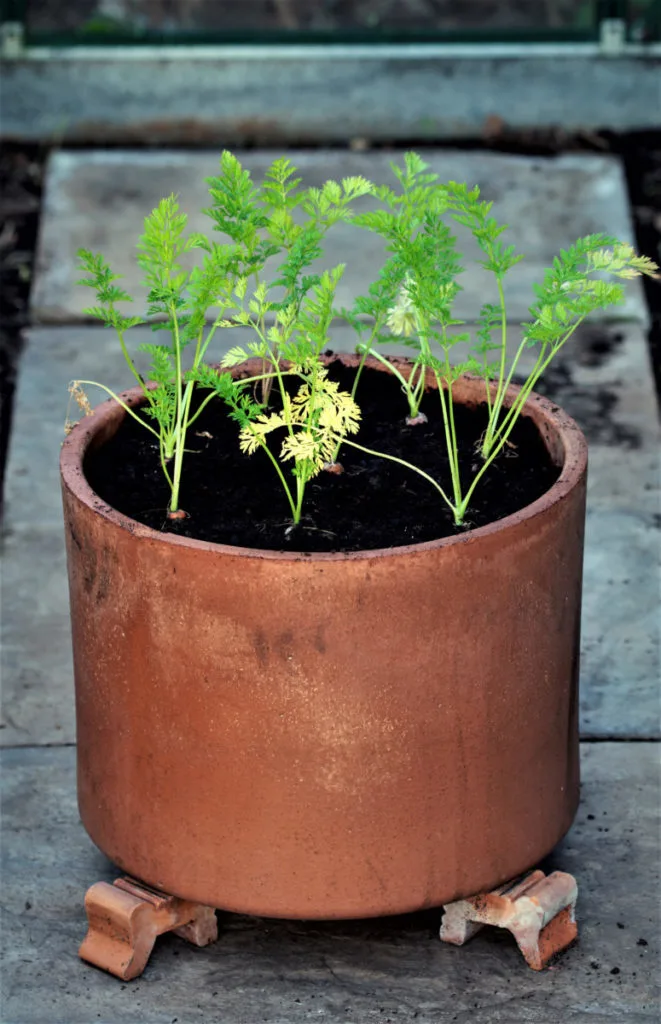
Gardens come in all shapes, sizes and forms.
Even if you don’t have access to land, chances are good that you have at least one pot to plant in. Possibly more.
In that case, April is an excellent month to start your edible container garden.
You can start with early strawberries or head straight to planting peas or radishes. Plant some various herbs, chives, chard, calendula, marigolds or mint.
One thing to keep in consideration is the potentially cold nights. When planting, it’s helpful to know the expected last frost date for your region. The easiest way to find that is by entering your zip code if you are in the U.S. or Canada.
7. Plant hardy ornamental annuals from seed
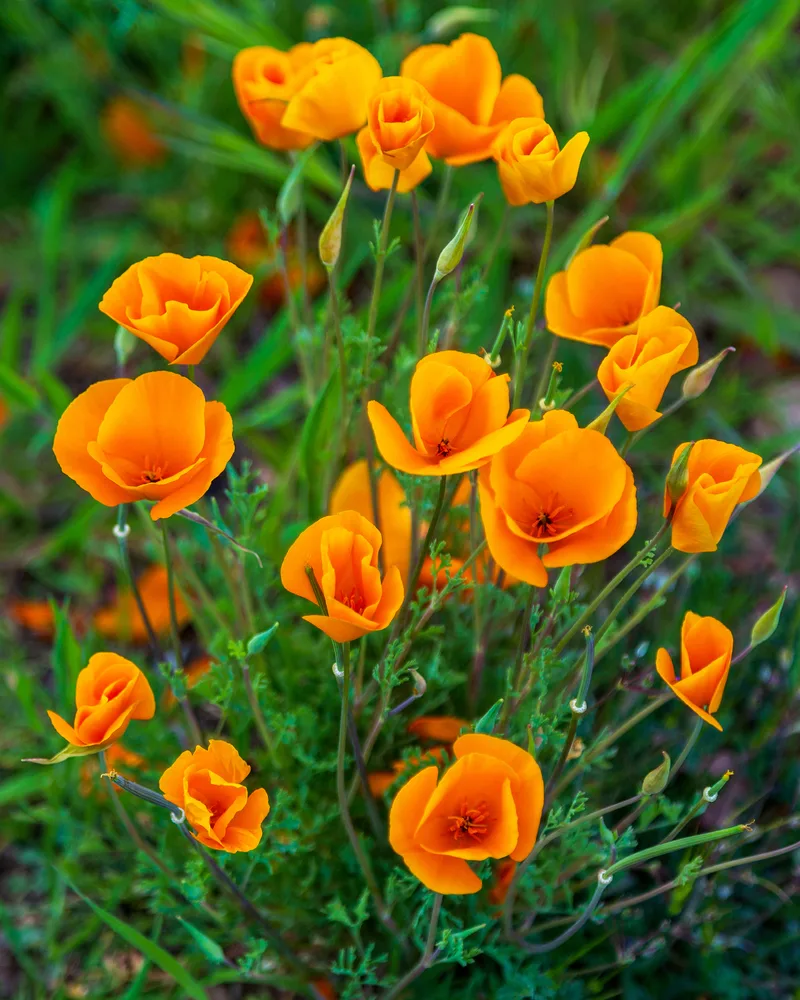
Depending on your location, the planting of spring annuals may fall closer to the end of the month, rather than sooner. Though it is always best to be prepared with seeds – and a plan of where to place them in the garden.
Some popular hardy annuals are:
- baby’s breath (Gypsophila elegans)
- bachelor’s buttons (Centaurea cyanus)
- calendula (Calendula officinalis)
- California poppies (Eschscholzia californica)
- forget-me-not (Myosotis sp.)
- larkspur (Delphinium sp.)
- linaria (Linaria vulgaris)
- pincushion flower (Scabiosa sp.)
- snapdragons (Antirrhinum)
- sweet peas (Lathyrus odoratus)
Naturally, the list of annual flowers could go on and on. Be sure to check the backside of your seed packets to find out more about the growing conditions of each one.
8. Decide if this is the year to raise backyard ducks or chickens
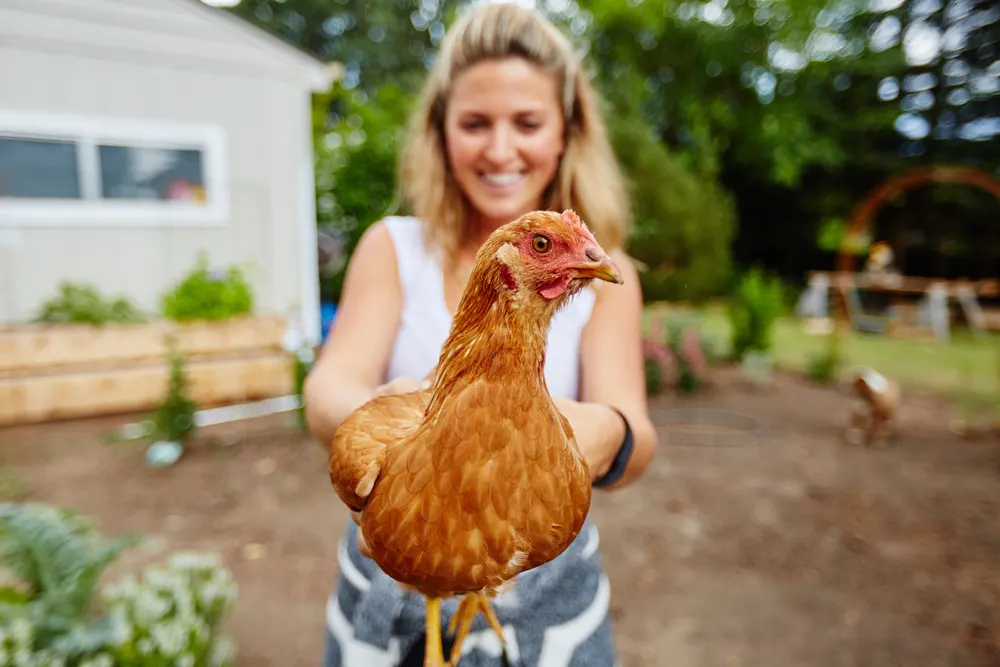
Maybe you’ve been dreaming about raising chickens your entire life, or at least for the greater part of winter.
Or maybe it is a future idea that is always a homestead away.
Naturally, it isn’t usually possible to raise chooks or fowl if you live in a city, though there are exceptions to be found. And if you really want to raise some birds, you will find a way. Even if it takes a bit (or a lot!) of work to get started.
If you are looking to start a flock from scratch (with chicks, not adults) spring is undoubtedly the best time to change your life. Raising poultry, after all, is life-changing for many people.
As with raising any kind of animal or bird, you can’t be halfway there. It is either all or nothing. You are all in, or you are out.
So, if you are thinking about raising poultry, now is the time to put all your plans into action. Then ask yourself a few questions.
Do I have a place to keep them warm and safe? Am I prepared to serve them with nutritious food, giving them access to fresh greens and tasty bugs? What do I need to know as a beginner about raising backyard poultry?
Start with this article: 10 Things Nobody Tells You About Raising Chickens to gauge whether chickens are right for you, or not.
Then move onto some knowledge about ducks: 11 Things You Need To Know About Raising Backyard Ducks
9. Think about a plan for harvesting rainwater
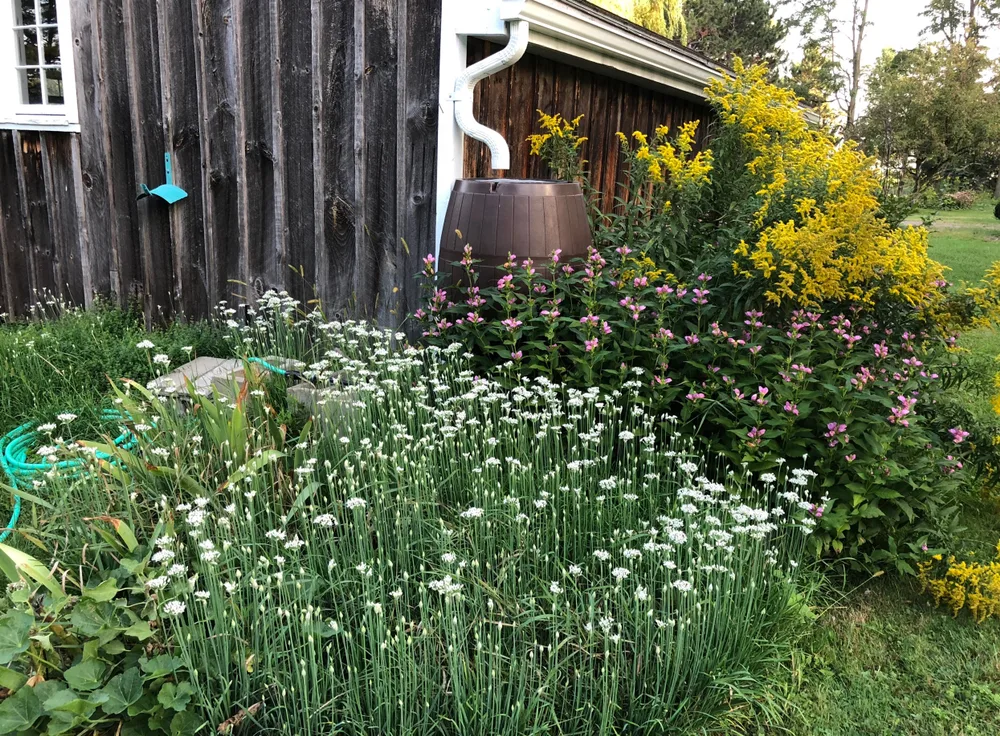
Not to get controversial – such as you don’t need to save the dandelions for the bees – but the word is out there that collecting rainwater is illegal.
A blanket statement doesn’t mean that something is true. You should always be weary of following internet news at face value, regardless of how many shares it has.
Harvesting rainwater is a wonderful way to provide for your garden irrigation needs throughout the summer. And the time to start collecting rain is now, in the wetter, spring months. Here are some DIY ideas to help you get started with setting up your own rainwater collection system.
If you’d like to harvest rainwater on your own property, but want to make sure your operation is legit, I suggest heading over to the World Water Reserve’s website and read through their 2021 Complete State Guide before making a commitment.
10. Get planting in April!
Finally, onto the list you have all been waiting for or scrolled directly to.
The list of vegetables that can be planted throughout the month of April (zones 3-10):
- beans
- beets
- cabbage
- carrots
- corn
- cucumbers
- eggplant
- garlic
- herbs
- Jerusalem artichokes
- leeks
- lettuce
- onions
- peas
- peppers
- radishes
- shallots
- spinach
- summer squash
- Swiss chard
- tomatoes
- turnips
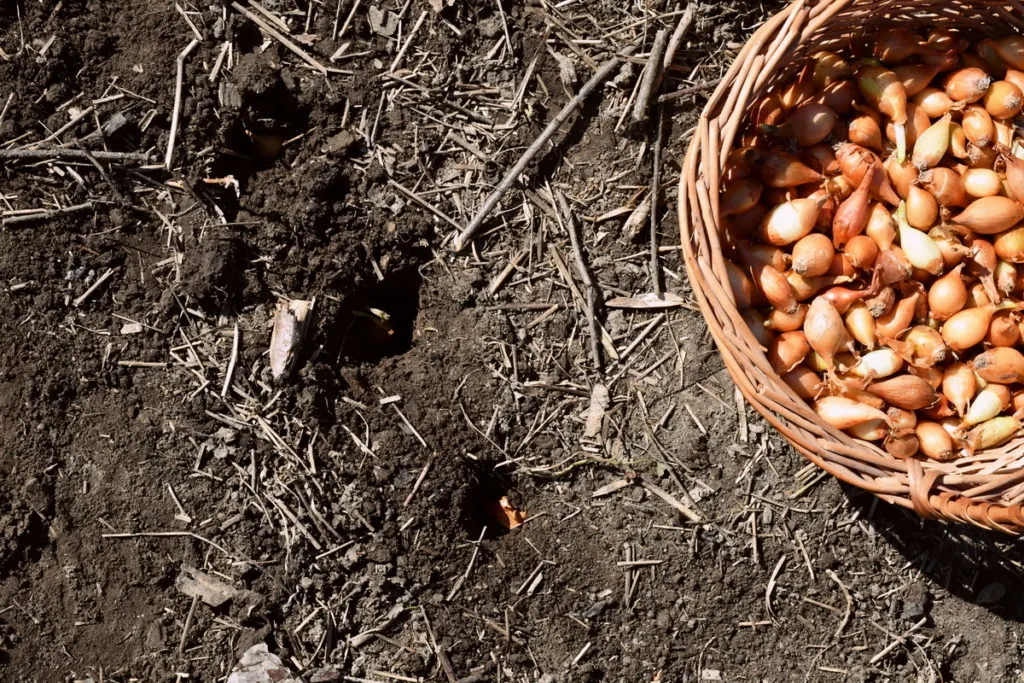
Again, what you can plant in April still depends on your climate and average last frost date. If it still feels a little too early, go ahead and wait a week or two longer.
When planting small seeds, always keep a watchful eye on the weather, as too much rain can wash the seeds away. Worse yet, if the soil becomes cold and waterlogged, the seeds can rot.
In that case, start over with new seeds on a better, drier day. It happens even to the best of gardeners that the timing is not quite right. Simply take your losses and quickly move on.
The month of April can still be a wild card.
Be ready for sunshine, hail, high winds, sheets of rain or gentle breezes full of the scent of spring flowers on the way.
If you can’t quite make progress in your own private garden yet, there are a few things you can do indoors:
- start – or continue – keeping notes in your garden journal (about sowing seeds indoors or out-, adding compost, watering, etc.)
- buy ready-to-plant vegetable plugs (especially if your indoor seed sowing has failed to progress and to move your harvest times closer)
- take care of your indoor plants (now that daylight hours are longer, they may thirst for a little more water or they may require new soil)
Waiting for ideal weather is never easy, try to be patient a little while longer.
All good things come in time. Tomatoes, peppers, corn, fresh peas and beans. They are all on their way, if only in the form of seeds.
Once the weather warms up and the sun shines brightly on the land, the vegetation will erupt with an incredible energy that only spring can pull off.
Ready. Set. Plant.

Get the famous Rural Sprout newsletter delivered to your inbox.
Including Sunday musings from our editor, Tracey, as well as “What’s Up Wednesday” our roundup of what’s in season and new article updates and alerts.

